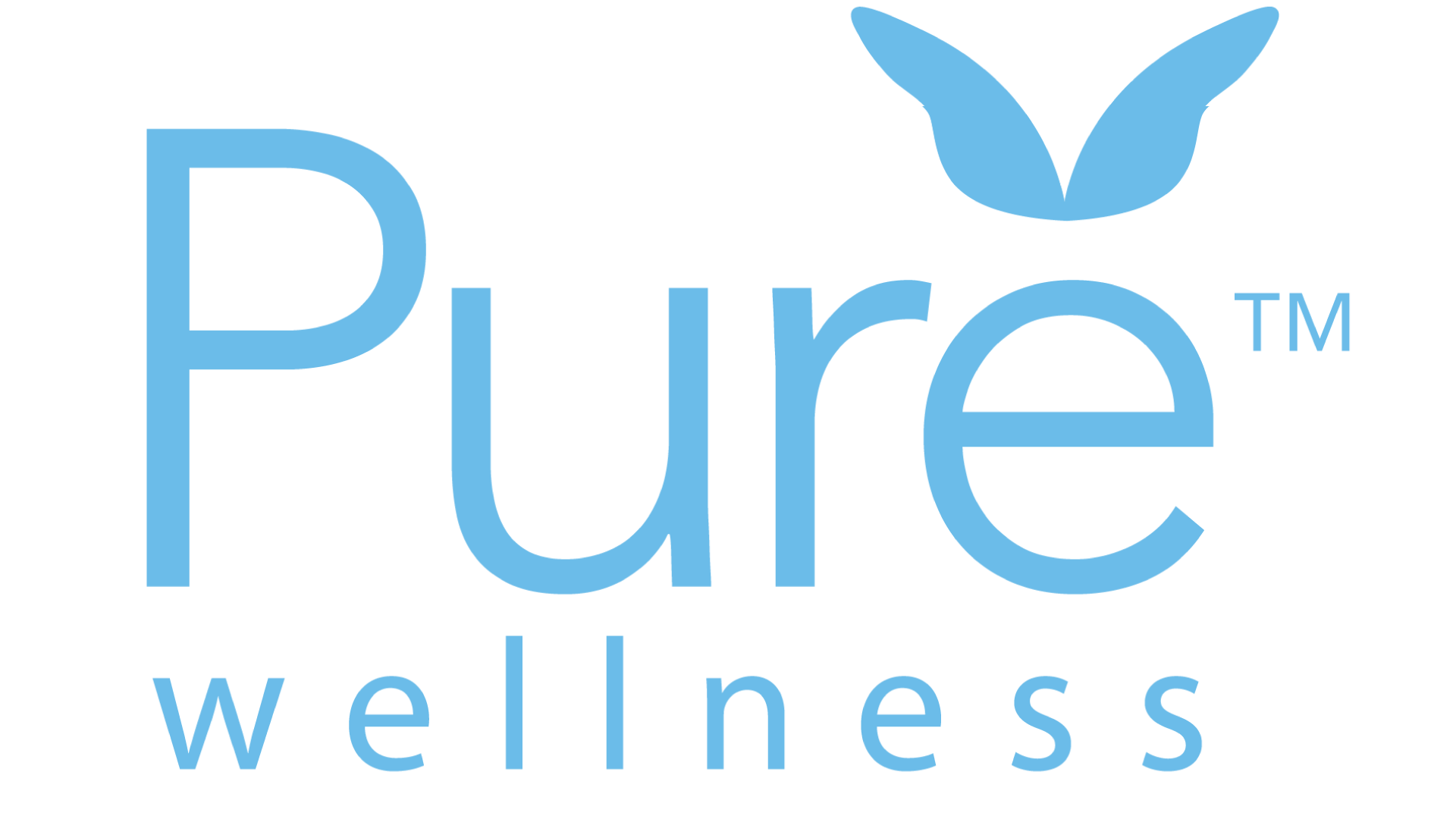After more than two years of remote learning, masks and social distancing, people across the country are looking forward to finally starting a “normal” school year once again. While many preventative measures have been lifted in school districts nationwide, indoor air quality (IAQ) remains a concern for parents, students, teachers and staff as they return to the classroom.
It’s not only that the coronavirus continues to pose a threat. Indoor air pollution comes from a variety of sources, including dust, pollen, mold and volatile organic compounds (VOCs) found in most building materials. These pollutants can have a variety of negative impacts for students, especially those with asthma, lung disease and other chronic health conditions.
The issue of indoor air quality in schools is a problem that goes back decades. Underinvestment in school infrastructure over time has resulted in heating and ventilation systems that are inadequate for meeting current health standards. While this unfortunately cannot be corrected overnight, most schools need to seriously consider improvements to their buildings in order to address poor indoor air quality.
The good news is that the COVID-19 pandemic has spurred a flurry of IAQ investment at both the state and national levels, including $122 billion in federal funding specifically allocated for education. Over the past few years, schools have been installing air purifiers and upgrading their HVAC systems to better protect students from viruses, bacteria and other harmful contaminants.
While indoor air quality most directly impacts our most vulnerable students with chronic health conditions, it is a wellness issue that should be a concern for everyone. Studies have shown that breathing fresh, healthy air reduces headaches, improves attention and boosts productivity. Eliminating indoor air pollution will also reduce the number of sick days and can even help address learning losses that have taken place since the start of the pandemic.
High-quality air filtration using HEPA or MERV-13 systems will reduce contaminants and protect against harmful airborne particles, including those smaller than the coronavirus. Other general health measures will also prevent the spread of germs and viruses such as handwashing, staying home when you are sick and opening windows to improve ventilation when possible. By working to improve indoor air quality in schools, we can help ensure that students returning to the classroom will have a healthy, safe and productive school year.

Submit a comment